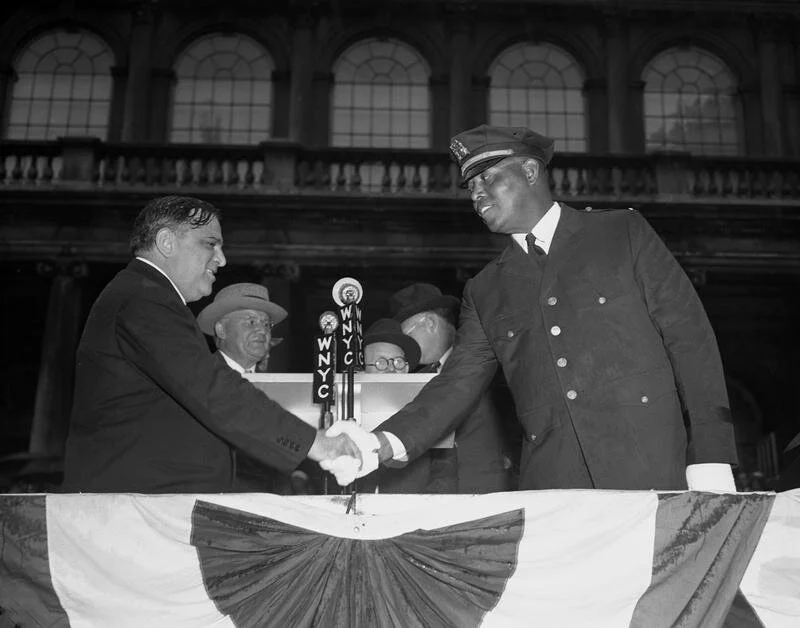Remembering the Activism Campaign that Made Samuel Battle the First Black NYPD Officer
By Matthew Guariglia
Dedicated in 2009, Samuel Battle Plaza, at the sprawling intersection at 135th Street and Lenox Avenue, commemorates Samuel Jesse Battle who, in 1911, became the first African American appointed to the NYPD. Presided over by embattled NYPD Commissioner Ray Kelly, the dedication came near the height of the protest movement against the department’s disproportionate stopping and frisking of young men of color in the city. At a moment of mass community resistance to Kelly’s NYPD, renaming served a political purpose. Creating a visible landmark to Samuel Battle at that pivotal moment preserved a narrative of symbiosis between the people of Harlem and the NYPD.
Read More







